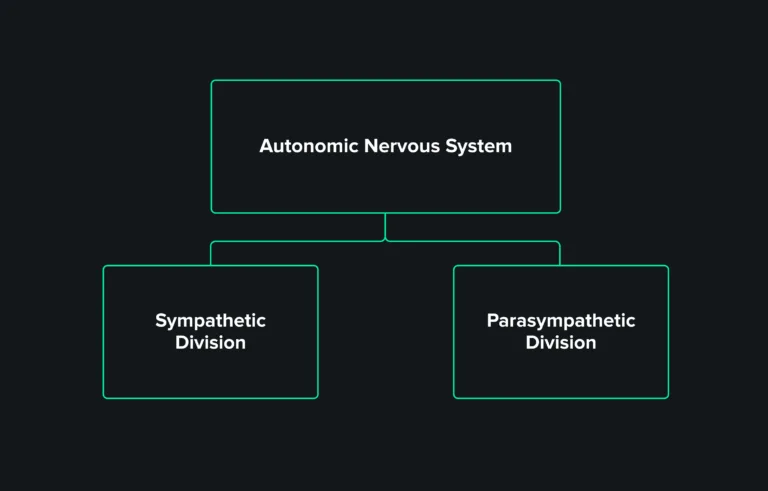Topics
- Article
- Research Studies
- Stress
Understanding the Most Effective Breathwork Techniques
After examining three different breathing exercises with WHOOP to help evaluate which exercise was the most effective at improving mood and reducing respiratory rate, this is what we found.
Breathwork & The Autonomic Nervous System
Can you think back to a time when you found yourself gasping for air while crying? If you can, you may remember doing two quick inhales followed by a long exhale. This is a natural spontaneous behavior called “cyclic sighing” or the “physiological sigh”. Cyclic sighing brings people into a relaxed state – our bodies naturally know how to do it. It’s also a recognized breathwork technique that’s intentionally used to increase relaxation and change the state of the autonomic nervous system.

The autonomic nervous system automatically regulates important bodily functions like heart rate, blood pressure, respiration, and digestion – without us ever needing to think about them. This system includes two divisions, the sympathetic division that gets activated when you feel stressed or in danger, and the parasympathetic division that helps your body relax. When you breathe in, your heart rate increases, activating the sympathetic division, and when you breathe out, your heart rate decreases, activating the parasympathetic division. Cyclic sighing involves a longer exhale, which helps stimulate the parasympathetic division, in turn helping you calm down. There are several breathwork techniques that can stimulate these two divisions and cause physiological changes.
Breathwork compared to mindful meditation
In a recent study that compared breathwork to mindful meditation, participants wore WHOOP to monitor their biometrics and were asked to perform one of the assigned exercises below for five minutes a day over the course of one month.
- Cyclic sighing: Exhale-emphasized technique that involves a double inhalation followed by a long slow exhale
- Box breathing: Technique with equal amounts of inhale, exhale, and hold – then repeating the pattern of inhale-hold-exhale-hold.
- Cyclic hyperventilation: Inhale-emphasized technique that involves inhaling for a longer duration and greater intensity, followed by a quick exhale (about a 2:1 ratio)
- Mindful meditation: Done with eyes closed, focusing on the forehead region between the eyes.
The study found that all 4 techniques improved mood and reduced feelings of stress, but that only cyclic sighing was significantly better than mindful meditation at improving mood and reducing respiratory rate.
Why it Works
Even though cyclic sighing proved to be the most effective breathwork technique, all three breathing exercises were more effective at improving mood and reducing respiratory rates than mindful meditation. This is thought to be caused by the enhanced sense of control over one’s breath that’s involved with breathwork, compared to the more passive experience of mindful meditation. Breathwork is also likely effective because the heart, lungs, and brain function closely together through the vagus nerve. The vagus nerve is a major part of the parasympathetic nervous system. Due to this connection, the effects of breathwork are able to reach the heart and brain, influencing HRV, mood and sleep. While 5 minutes of breathwork will show potent and acute benefits, the study also showed that the benefits of breathwork increase with practice and time. Meaning the more you adhere to breathwork, the greater the benefit.
REFERENCES
De Couck, Marijke, et al. "Effects of short and prolonged transcutaneous vagus nerve stimulation on heart rate variability in healthy subjects." Autonomic Neuroscience 203 (2017): 88-96.https://www.sciencedirect.com/science/article/abs/pii/S1566070216302648 Chen, Pin-Chun, et al. "Understanding the roles of central and autonomic activity during sleep in the improvement of working memory and episodic memory." Proceedings of the National Academy of Sciences 119.44 (2022): e2123417119. https://www.pnas.org/doi/10.1073/pnas.2123417119 Huberman, Melis Yilmaz, et al. “Brief Structured Respiration Practices Enhance Mood and Reduce Physiological Arousal.” Cell Reports Medicine, Elsevier, 10 Jan. 2023, https://www.cell.com/cell-reports-medicine/fulltext/S2666-3791(22)00474-8